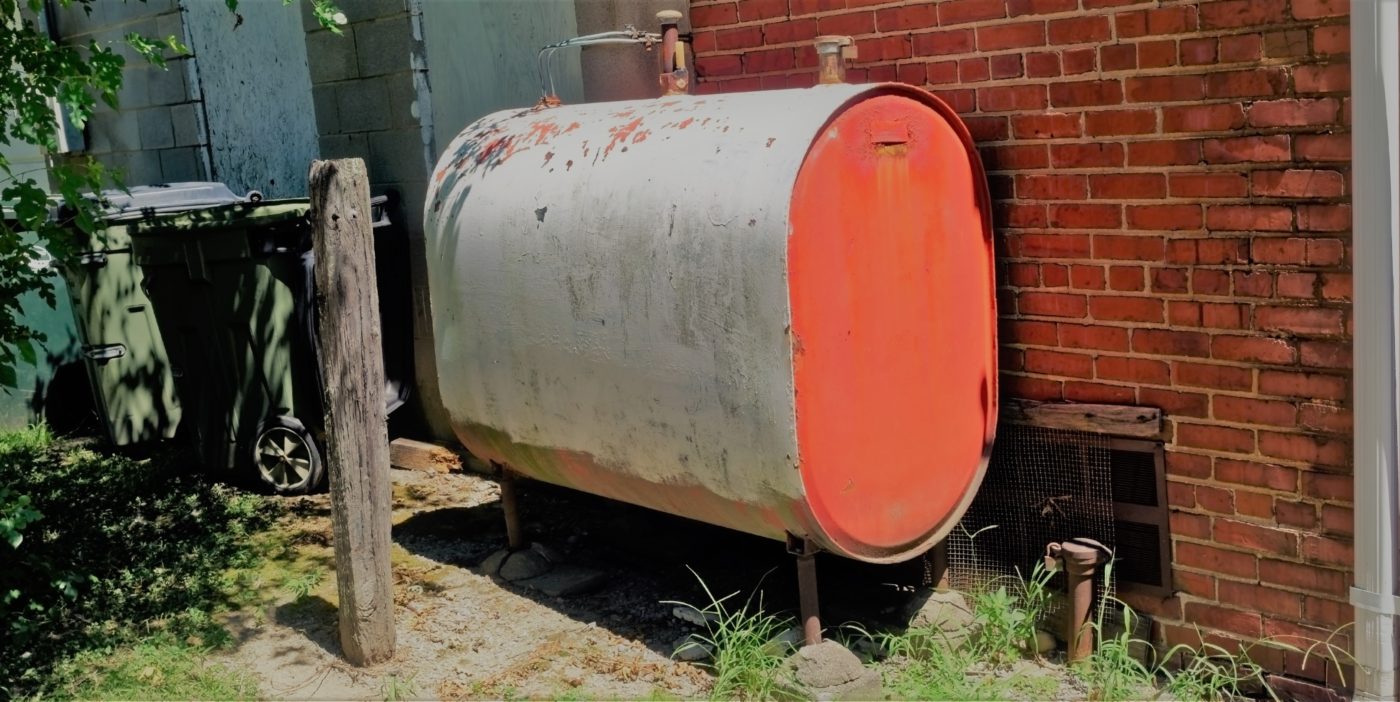The oil tank in your home is a thing that many people do not think about. However, it’s vital for the functioning of your house. It is the duty of the owners to keep and properly care for their heating system as well as storage tank. Failure to take this responsibility can create grave environmental and financial problems in the future.

One of the most crucial aspects to consider when it comes down to maintenance of the oil tank is to know when it’s time for a replacement. Although proper maintenance will prolong the life of an oil storage tank, it is inevitable that all tanks must be replaced. The cost of replacing an oil tank is contingent on many factors including the type and size of tank, the place of installation, and how complex the installation.
Replacement costs for oil tanks of tanks 275-gallon can range from $1,500 to $3,600 based on the factors such as those listed previously. It’s important to note that some installation expenses, like permits, labor and disposal of an old tank, might not be included.
It might seem costly to replace the oil tank, but also consider the costs associated in ignoring a tank which is failing. Leaks from oil tanks can cause major environmental damage, and fines, as well legal liability. Additionally, a damaged tank could lead to a decrease in heat throughout the winter months, which could be hazardous and expensive to repair.
To prevent this from happening for avoiding this, you must perform regular maintenance and inspections of the oil tank. This includes visual inspections every year, routine cleanings and leak monitoring. It’s crucial to fix any problems as soon as possible to avoid costly repairs in coming years.
There are many options available for selecting an oil storage tank replacement. The most common types of tanks for oil are above-ground and below-ground tanks. Above-ground tanks are generally smaller in cost and are easier to set up, however they can be visually more obtrusive. Above-ground tanks are cheaper and easy to install however, they can be visually obtrusive.
For a secure installation, it’s essential to select an organization that is reliable and has expertise in oil tank replacement. An experienced professional will not only ensure that the tank is put in place correctly, but will remove the old tank, as well as all harmful materials that are involved in the installation.
There are additional things homeowners can do, in addition to proper installation and routine maintenance, to extend the life of their tanks. They include:
1. The fact that your tank is full can help prevent corrosion from happening.
2. Utilizing a high-quality fuel source: Using quality fuel can prevent the buildup of sediment in the tank, which can lead to corrosion and blockages in the fuel lines.
3. Maintaining the surrounding area clear In keeping the area around the tank clear of vegetation and debris can aid in preventing damage to the tank and facilitate maintenance inspections.
4. Monitoring your pipes regularly for leaks can help you identify the issue earlier and avoid it from getting worse.
Replacement of the oil tank is a very important issue for anyone who owns a house with an oil-fired heater. The cost of replacing a tank may vary based on a number of elements. If you do not take care to fix an issue with a tank can cause significant financial and environmental damage. Maintaining a regular schedule of maintenance and inspections, as well as choosing a reputable and competent installer, will ensure a safe and proper installation that will provide an efficient heating system for the years to be.
For more information, click oil tank replacement